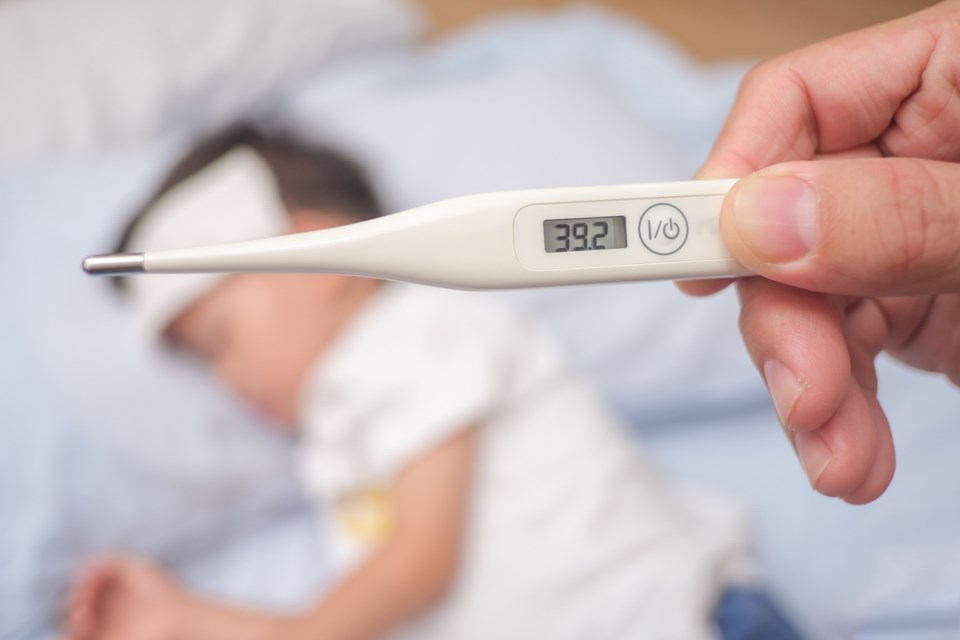If you've been infected with COVID-19 and live alone, avoiding contact with other people is the best way to prevent the spread of disease in your community. However, if you live with family, roommates, or a partner, complete self-isolation might not be possible.Â
The Government of Canada advises anyone with COVID-19 to stay at home unless absolutely necessary and to stay in a separate room and use a separate bathroom from others in your home, if possible.
If you need to be in contact with others, keep at least two metres between yourself and the other person. Interactions should be brief and you should always wear a mask. Do not share personal items with others, such as toothbrushes, towels, bed linen, utensils or electronic devices.
All surfaces that you touch often, like toilets, bedside tables, doorknobs, phones and television remotes, should be cleaned and disinfected daily. Household cleaners work, or you may use diluted bleach (one part bleach and nine parts water) to disinfect. Put the lid of the toilet down before flushing.
You should ensure that you get plenty of rest, eat a balanced diet and stay in touch with others through communication devices. With this in mind, if your symtoms get worse, immediately contact your health care provider or  and follow their instructions.
Caring for someone with COVID-19 at home
If you're caring for someone with COVID-19, the government states there are also a . First, only one healthy person should provide care. This means that people who are at higher risk of serious illness from COVID-19 should not care for someone with COVID-19. These people include elderly persons, those with chronic medical conditions (e.g., heart disease, diabetes) or compromised immune systems.
Other ways to protect yourself:Â
- If you need to be within 2 metres of the ill person, wear a mask, disposable gloves and .
- Wear disposable gloves when touching the ill person, their environment and soiled items or surfaces.
- Do not re-use masks or gloves.
- Clean your hands often for at least 20 seconds, especially after contact with the ill person and after removing gloves, masks and eye protection.
-
Dry your hands with disposable paper towels.
- If not available, use a reusable towel and replace it when it becomes wet.
- You can also remove dirt with a wet wipe and then use an alcohol-based hand sanitizer.
- Avoid touching your eyes, nose and mouth with unwashed hands.
After contact with an ill person, monitor yourself for 14 days. However, if you've had direct contact with body fluids of the ill person (e.g. were coughed or sneezed on when you weren’t wearing a mask), contact your  for further instructions.
The B.C. Ministry of Health has developed a new assessment tool for people who aren't sure if they require further testing or assessment for COVID-19.Â
Launched on Monday, March 16, the free online tool may be completed for yourself, or on behalf of someone else, if they are unable to.Â



